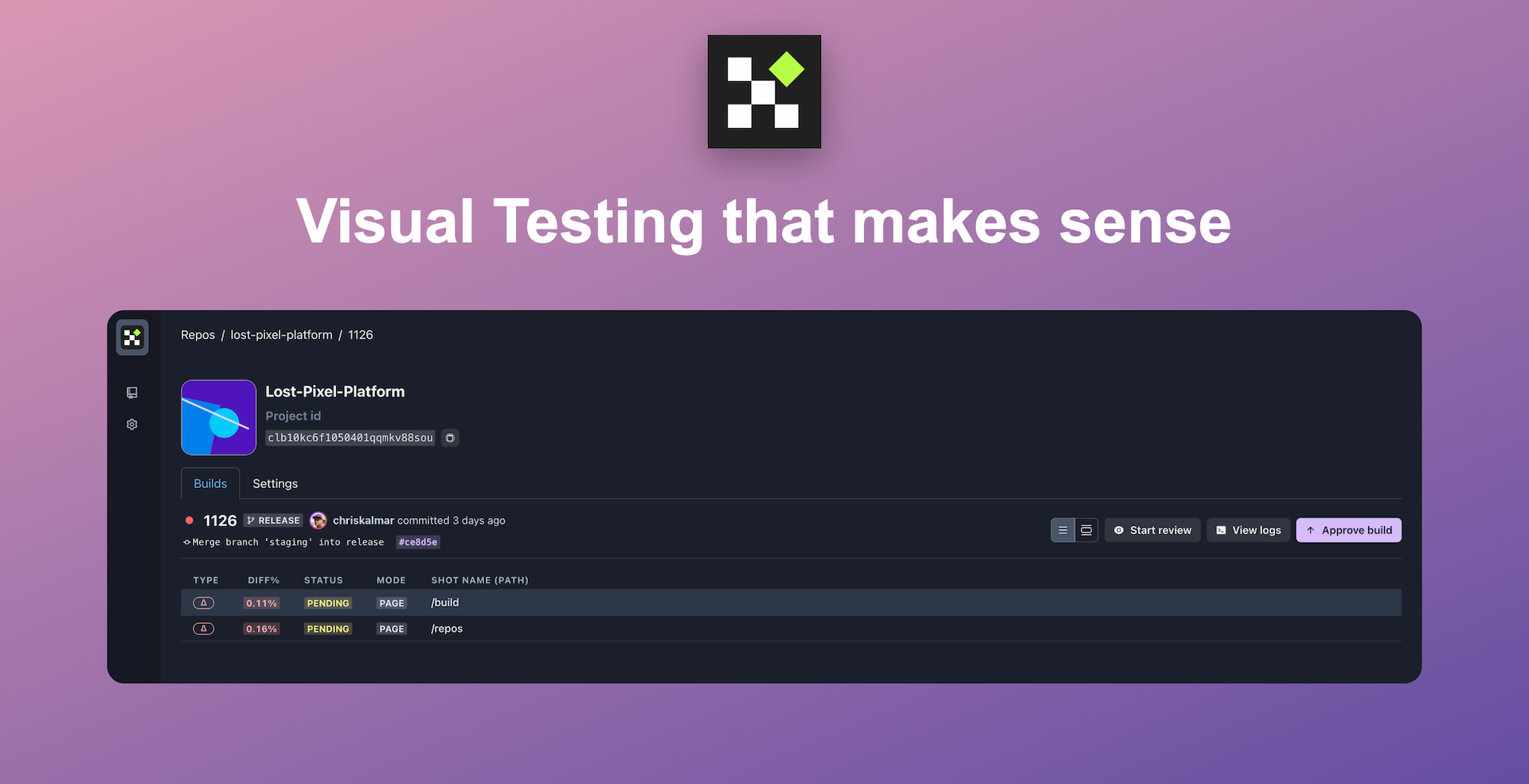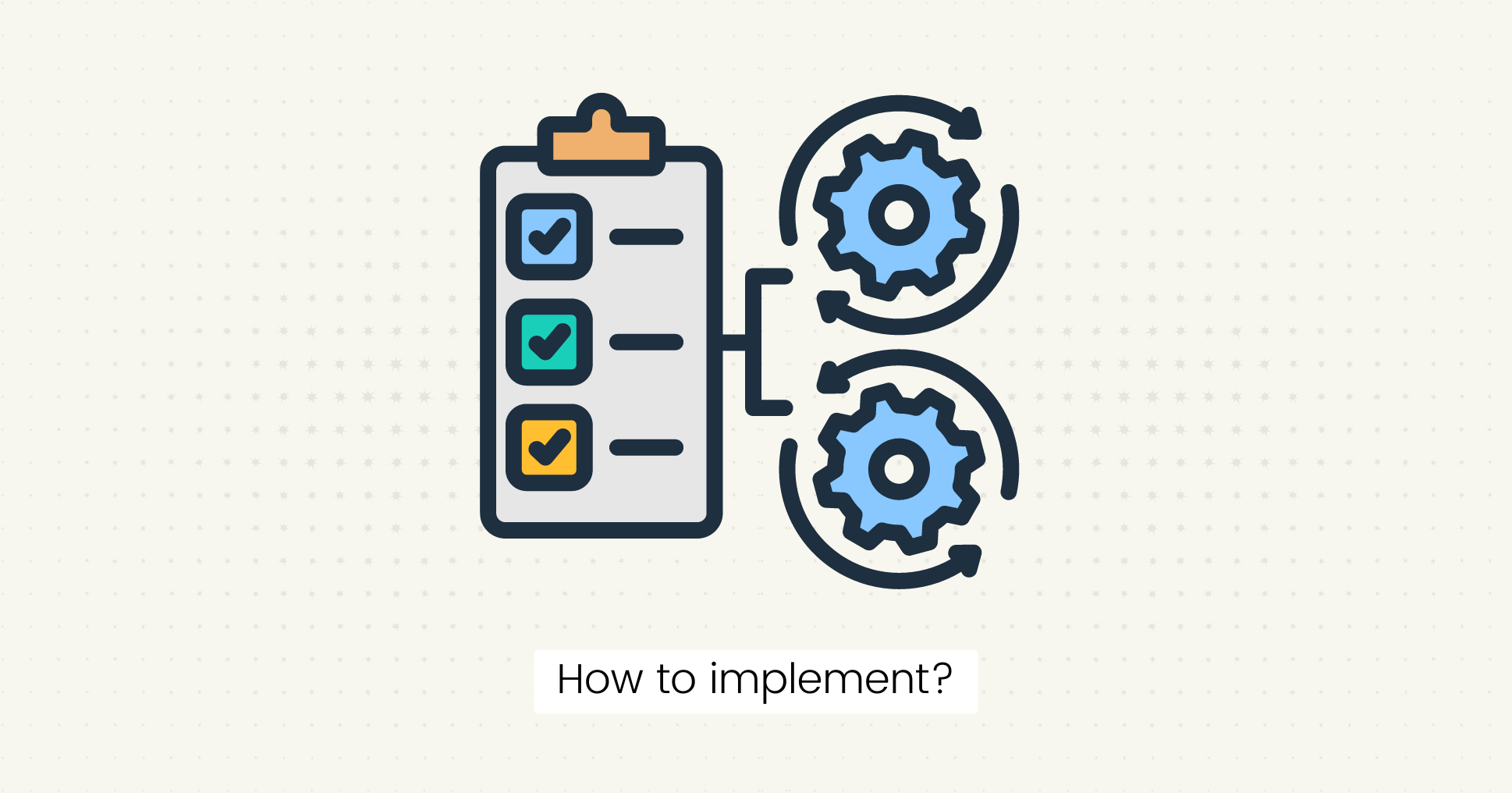As a software developer or QA Engineer, you want to improve applications regularly by adding new functionality or upgrades to meet user expectations and market demands.
Imagine you make a small change to your codebase, and suddenly, another part of your code stops working.
Automated regression testing can save you from this frustration.
It is an essential part of software testing that maintains the reliability and quality of software products.
In this guide, you'll learn how to implement automated regression testing with examples and best practices.
Let's get started.
What is Regression Testing, and Why is it Important?
Regression testing is software testing that ensures that recent code changes have not caused the existing functionalities to fail.
It is a crucial process in software development that involves regressing existing code so that it is not negatively impacted when new features or upgrades are added.
It also involves verifying that previously tested software continues to perform as expected after updates.
Regression testing is important in software development.
It involves re-executing test cases to ensure there have been no regressions.
Here are some reasons why you should perform regression testing:
- Improve User Experience: Regular regression testing of your software can catch bugs early in the development cycle. This reduces the risk of serious issues making it to production and negatively impacting the user experience.
- Quality and Stability: Regression testing prevents functionality loss after code changes and helps maintain the reliability and stability of software products. It also improves customer satisfaction and brand reputation.
- Cost-effective: Addressing bugs at an early stage in the development process is significantly less expansive and time-consuming than after release.
When to Perform Regression Testing?
You can perform regression tests at any stage of the development cycle.
Here are some scenarios when regression testing should be performed:
- After bug fixes: To ensure that fixing a bug did not introduce new issues.
- When a new feature is added: To verify that new features do not break the existing application functionalities.
- When changes are made to the existing code: To test that modifications have not affected the software's behavior.
- When a software update occurs: Regression testing is performed continuously so that the software remains stable and functional after each update.
- Integration with other applications: Integrations with third-party apps can cause unexpected behavior changes. Regression testing can verify that the integration does not interfere with the app functionalities.
- During regular maintenance: Even when no major changes have been made, regular regression tests can help catch performance issues and maintain the application's stability over time by ensuring it continues to perform as expected.

Set up visual regression tests in minutes with Lost Pixel Platform. Do not let your users find bugs first.
Why Use Automation For Regression Testing?

Unlike manual testing, which is time-consuming and requires human effort to run test cases, automated regression testing automatically runs test scripts to verify that new changes do not negatively impact software functionality.
That's why about 78% of organizations use test automation for their functional and regression testing processes.
Here are some key reasons why regression testing should be automated:
Accuracy
Automated regression tests do not need human intervention; the same steps can be performed repeatedly with greater precision, producing better results.
This way, you can also reduce the risk of missing any bugs that may go unnoticed by the human eye, resulting in higher accuracy of testing outcomes.
Efficiency
Manual regression testing takes a lot of time, especially for complex applications.
Automation significantly reduces the time required to execute tests, particularly when the number of test cases grows.
Automated regression tests can run faster, allowing for frequent and reliable releases by running tests with every build and ensuring that every change is tested before deployment.
It is helpful in agile software development that relies on continuous integration and delivery (CI/CD).
Resource Optimization
With automated regression tests, developers and QA teams can focus on more complex tasks that require human intelligence.
Automated tests can be reused across multiple testing cycles and projects, saving time and resources on repetitive tasks.
Increase Test Coverage
Automated regression testing provides comprehensive test coverage and helps identify more bugs in less time.
With an automation tool like Lost Pixel, you can run visual regression tests across multiple browsers and devices in minutes and get detailed analysis reports to uncover underlying issues.
Reusable Test Scripts
You can reuse automated test scripts to cover various scenarios, including edge cases that might be missed in manual testing.
Instead of rewriting test cases every time, you need to update the scripts, making regression testing more scalable and easier to maintain.
Implement Automated Regression Testing Effectively:

The automated regression testing process includes the following steps:
Identify Test Cases
The first step is to determine which test cases need to be re-executed.
This is the most important step. You must understand your system's requirements and identify the most suitable tests.
You also need to prioritize test cases based on the risk impact of the underlying issue.
Not all test cases can be automated due to complexity and maintenance requirements.
For instance, you can automate repetitive and well-defined test cases, such as functionalities directly impacted by the changes and those related to performance issues.
Here are some examples to help you choose appropriate test cases for automated regression testing:
Example 1: Automate test cases for critical functionalities.
Imagine an e-commerce application where any error in the payment processing can impact the business negatively.
Automated regression tests can verify that recent codebase changes have not affected payment process functionality.
You can create test cases like:
- Verify that payment transactions are processed correctly.
- Check that discount codes are applied properly during checkout.
- Test that order confirmations and receipt emails are sent correctly.
Example 2: Verify performance across updates.
Consider a mobile app that received a new update. You want to make sure that it does not impact the app's performance or introduce new bugs.
With automated regression testing, you can:
- Verify that login functionality works across different browsers and platforms.
- Check that UI elements (layout, icons, buttons, fonts, etc.) display correctly on various screen sizes and resolutions.

Set up visual regression tests in minutes with Lost Pixel Platform. Do not let your users find bugs first.
Automate Test Cases
Write test scripts using automation tools and frameworks after identifying which test cases should be automated.
Choose automation tools that support the technological stack used in your application and generate test scripts using automation frameworks like Selenium, Cypress, or Playwright.
For example, if you want to test cases for your application's front end, you can use a tool like Lost Pixel to test the UI components in minutes.
Configure Test Environment
Create a stable and consistent test environment to mirror the desired production environment as closely as possible.
It includes installing the software, libraries, databases, and dependencies required to run the test suit.
Use data-driven testing to create reusable test cases that are easy to maintain.
Execute Your Tests
Once you have set up your test environment, run the automated tests to verify the software's functionality.
You can add automated test cases to your regression suite by categorizing them into:
- Smoke
- Sanity
- Regression tests
Before running the full regression suite, you can execute quick smoke tests to catch any major issues early.
Results Analysis
Track the performance of your automated tests and identify any bottlenecks, failures, or error messages.
It includes the following tasks:
- Prepare detailed test reports for results analysis, including passed, failed, and skipped tests.
- Compare the test results with the predicted outcomes to identify any inconsistencies.
- Document any found issues to address later.
Evaluate the effectiveness of your automated tests and identify areas for improvement using metrics such as:
- Test coverage.
- Test execution times.
- Failure rates.
Best Practices for Automated Regression Testing

Follow these best practices for increased test coverage and optimal results:
- Write clean, readable, and maintainable test scripts.
- Select the regression testing tool that aligns with your project's requirements and budget.
- Integrate your automated tests with CI/CD pipelines to run tests automatically with every code change.
- Implement parallel test execution for faster test run time.
- Review and update test scripts regularly so they remain effective and relevant.
- Handle flaky regression tests to improve the stability of your test suite.
- Continuously improve the test automation process based on feedback and results.
Tools for Automated Regression Testing
There are many tools to automate regression tests. Choose the one based on your testing needs and resources.
- Selenium (for web application testing).
- Appium (for mobile app testing).
- TestNG ****(for functional, integration, and end-to-end tests).
- Lost Pixel (for visual regression and UI testing).
Tip: Look into our recent list of automated visual testing tools.
Final Words:
Saving time in the testing phase is very important, as it helps to ship the software applications faster. Manual testing can help, but it is far better to use automation tools to identify major bugs.
Regression is a repetitive process, as it involves running the same set of tests every time the software is modified to ensure that new changes do not introduce new bugs or break existing functionality.
So, automating your regression testing is recommended.
FAQs
How does a regression testing tool differ from a general testing tool?
A regression testing tool checks that new code changes haven't broken existing functionality. On the other hand, general testing tools are used for various types of testing, such as unit testing, integration testing, and performance testing, covering a wider range of test scenarios beyond just code changes.
What are the different types of regression testing that can be automated?
Some types of regression testing that can be automated include functional regression testing, UI regression testing, performance regression testing, integration regression testing, and database regression testing.

About Dima Ivashchuk
Hey, I'm - Dima the co-founder of Lost Pixel. I like modern frontends, building stuff on the internet, and educating others. I am committed to building the best open-source visual regression testing platform!
